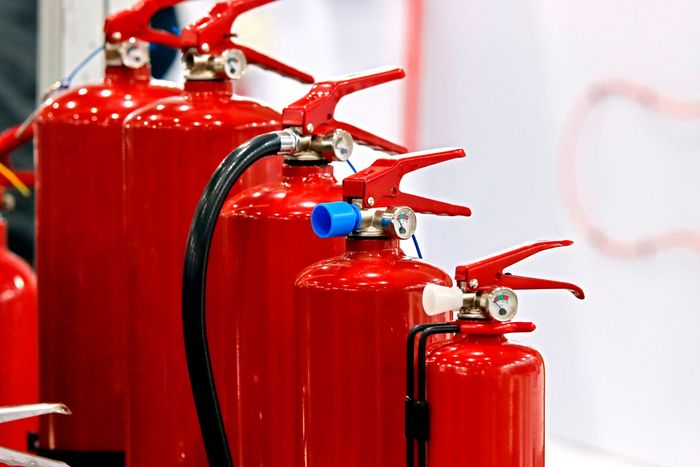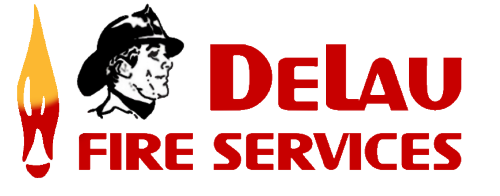Fire Suppression and Alarm Systems Experts in Lansing, MI
Delau Fire Services Inc. is committed to keeping Lansing, MI, and the entire state of Michigan safe with our expert fire suppression and alarm systems. We offer comprehensive design, installation, and maintenance services to meet today's stringent fire codes. Whether you're looking for state-of-the-art alarm systems or reliable fire suppression solutions, Delau Fire Services is here to help. Call us today at (517) 321-1111 for expert assistance and a safer tomorrow!
Complete Fire Suppression Solutions
Delau Fire Services offers many fire suppression systems to protect your business, employees, and assets. From automatic fire sprinklers to portable fire extinguishers, our team ensures that every system is installed and maintained according to industry standards. Our fire suppression solutions are customized to fit the unique needs of your facility, whether it's a commercial kitchen, industrial warehouse, or office building.
Fire Alarms for All Types of Facilities
Your facility's fire alarm system is a critical component of life safety. Delau Fire Services provides everything from simple monitoring panels for sprinkler systems to complex, addressable alarm systems with integrated smoke and fan controls. Our team of fire alarm and detection specialists will assess your facility and design a comprehensive fire alarm solution that meets your specific needs.

Fire Extinguisher Services and Inspections
Portable fire extinguishers are the first line of defense in a fire. Delau Fire Services provides top-quality fire extinguishers and inspection and maintenance services to ensure they are always ready to perform. Adequately maintained fire extinguishers can minimize damage to your property and help prevent injuries while waiting for emergency responders.
Why Choose Delau Fire Services?
Delau Fire Services Inc. is a trusted partner in fire protection and life safety. With our deep industry expertise, commitment to customer satisfaction, and attention to detail, you can rest easy knowing your fire suppression and alarm systems are in capable hands.
Speak directly with our experts – call (517) 321-1111 today.






